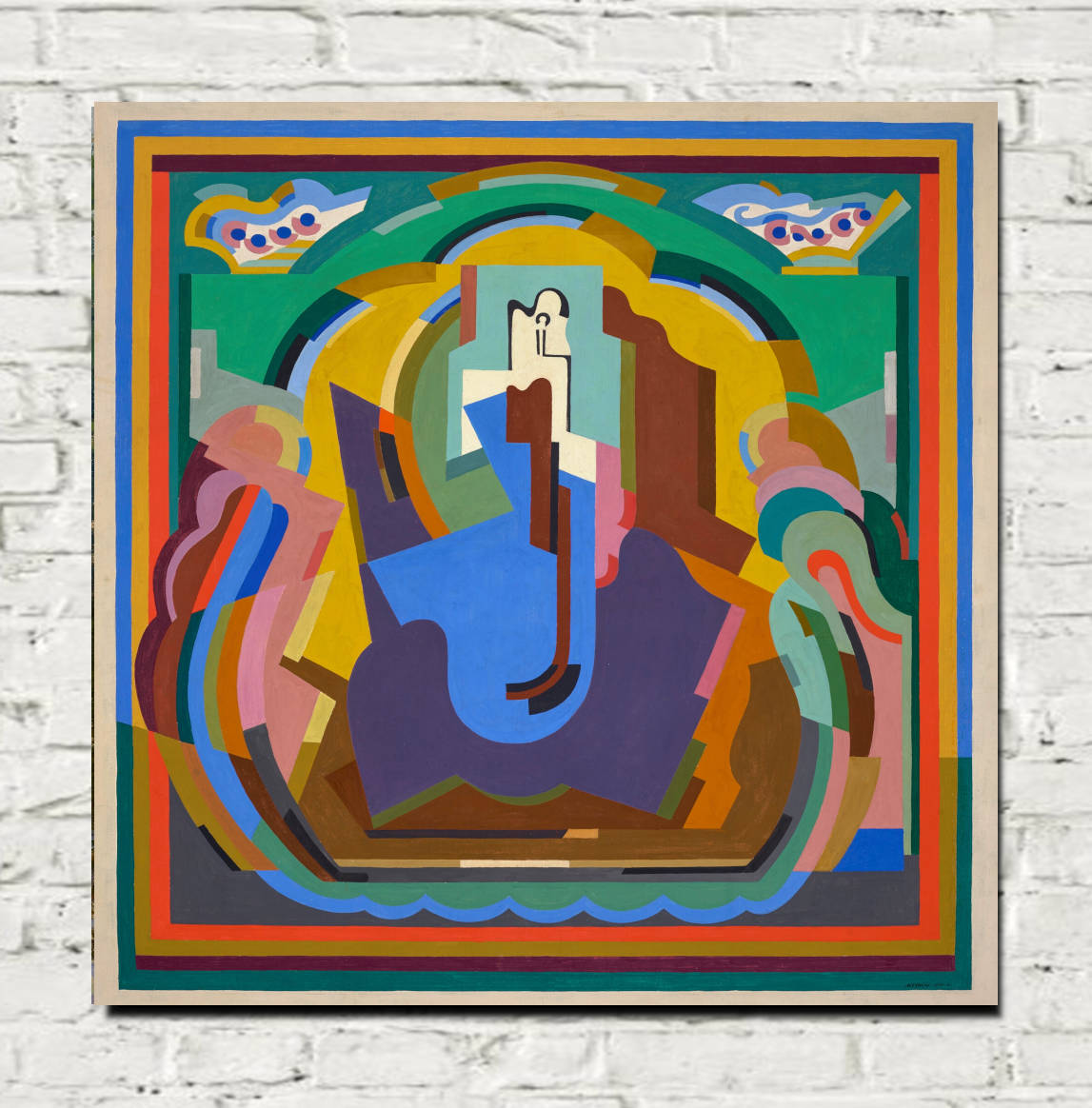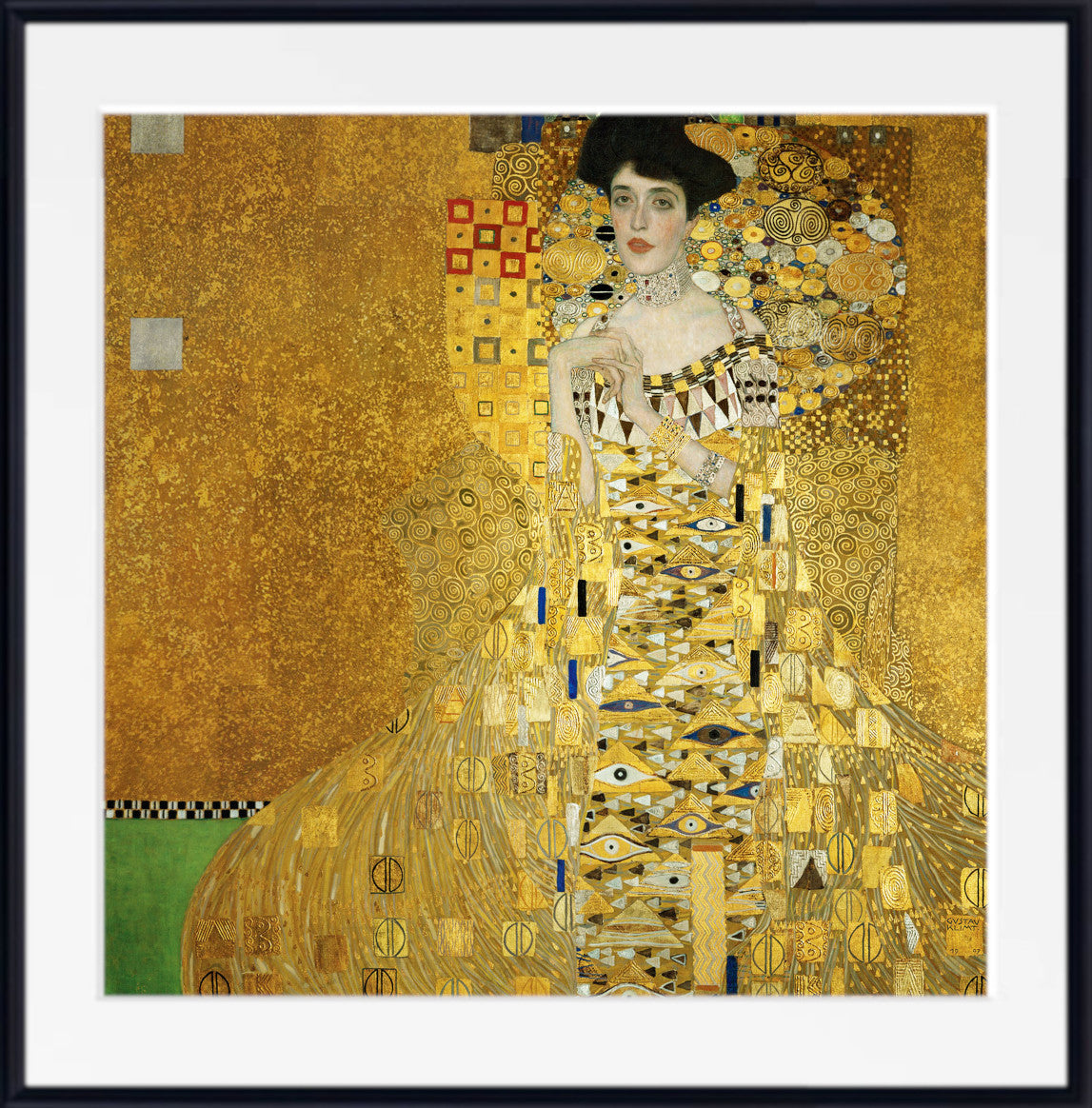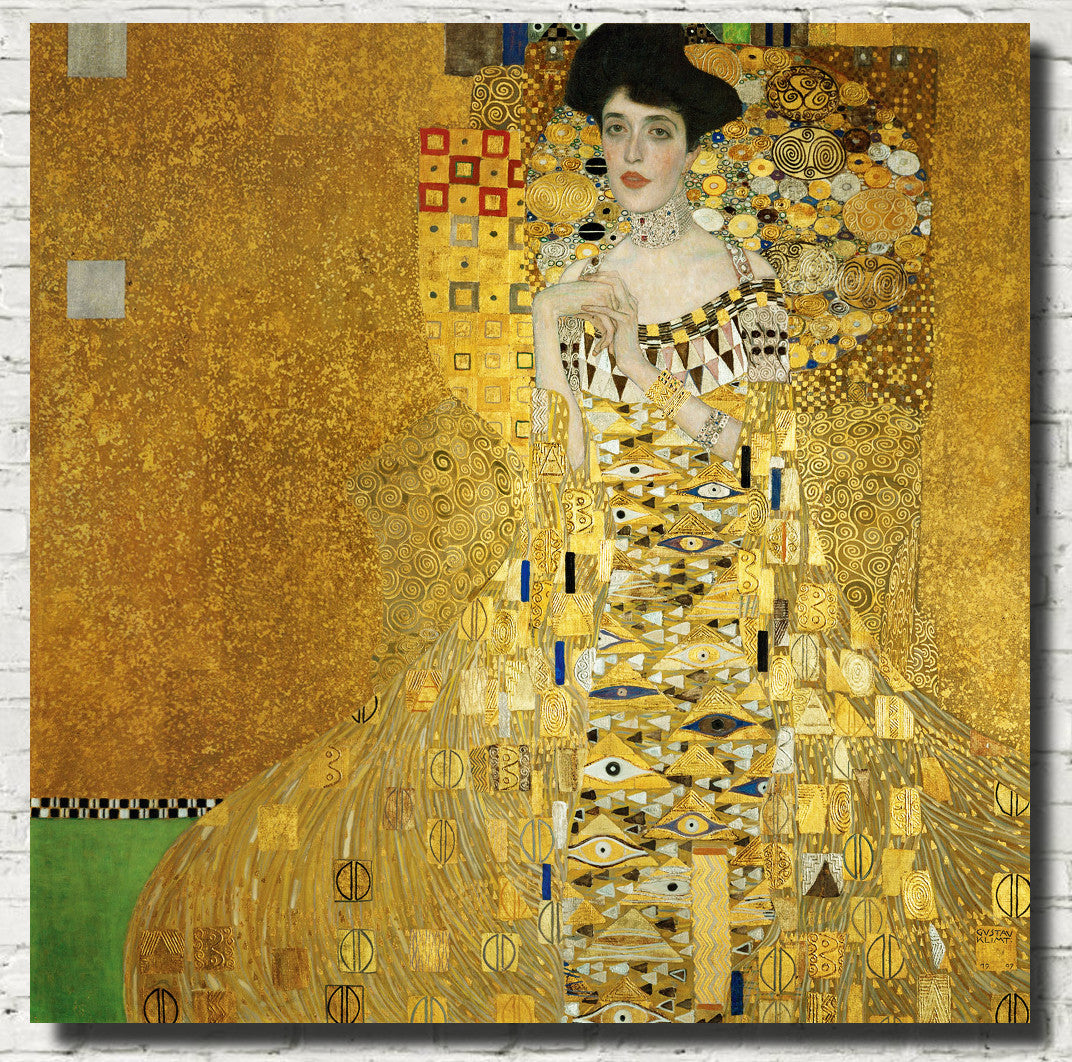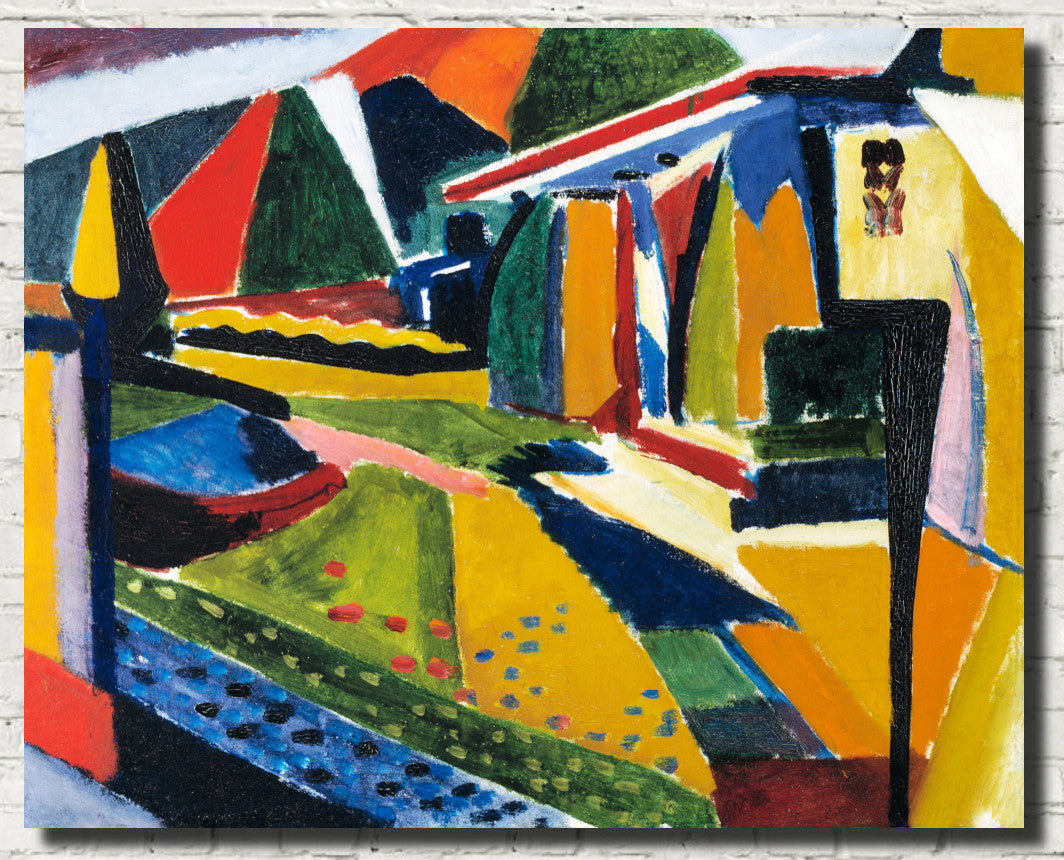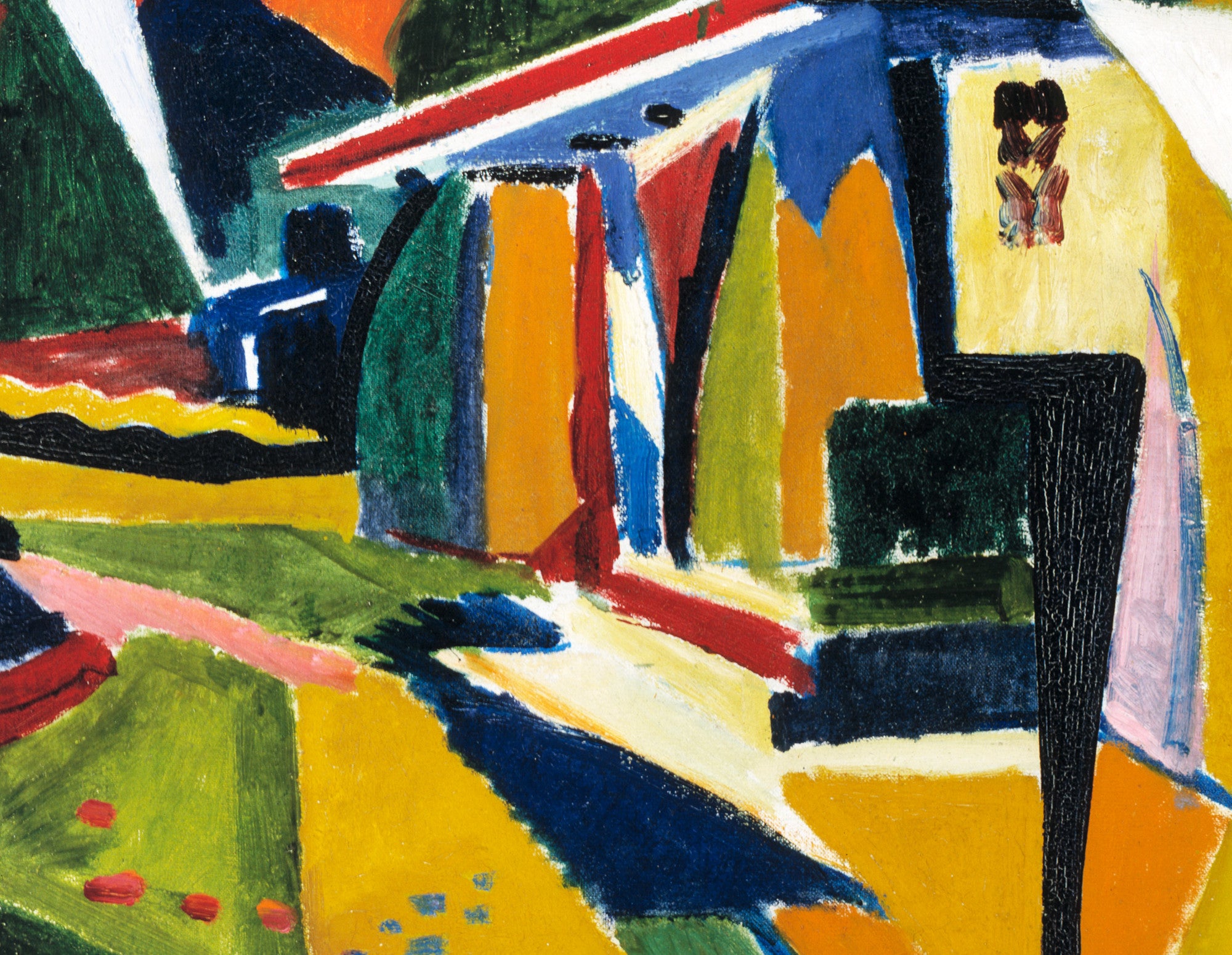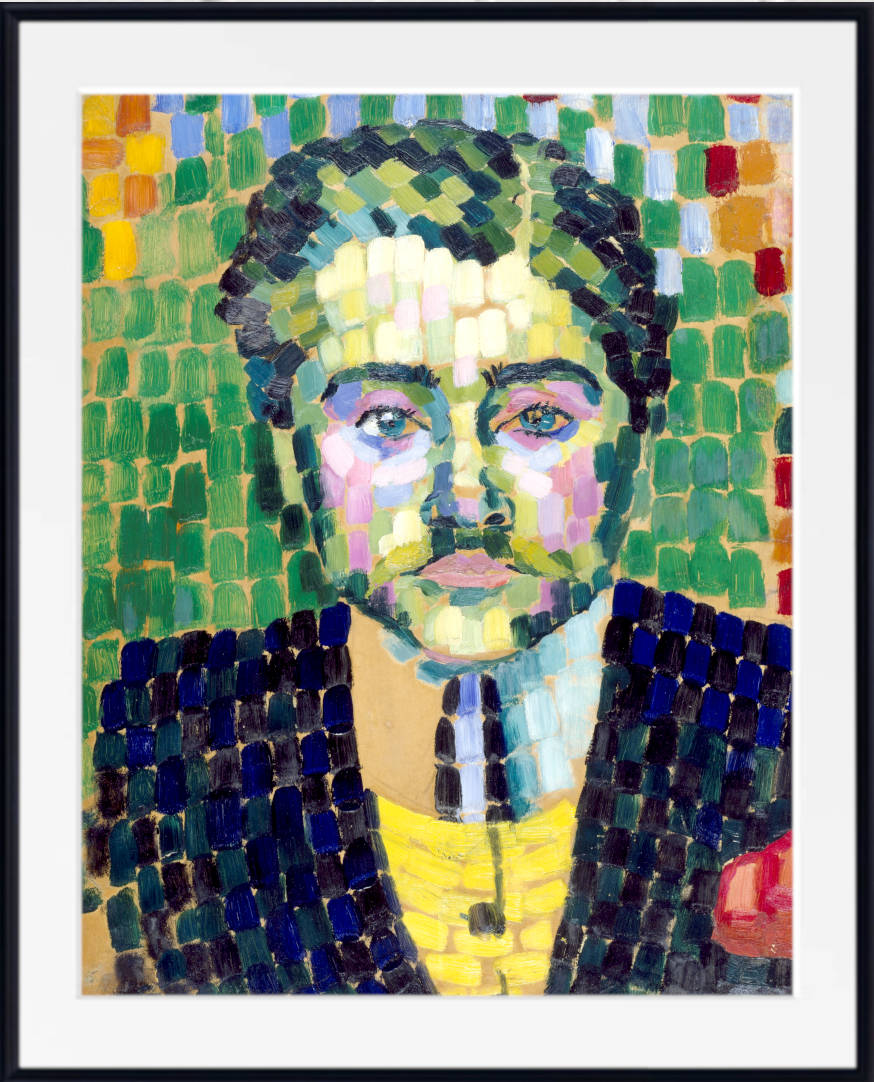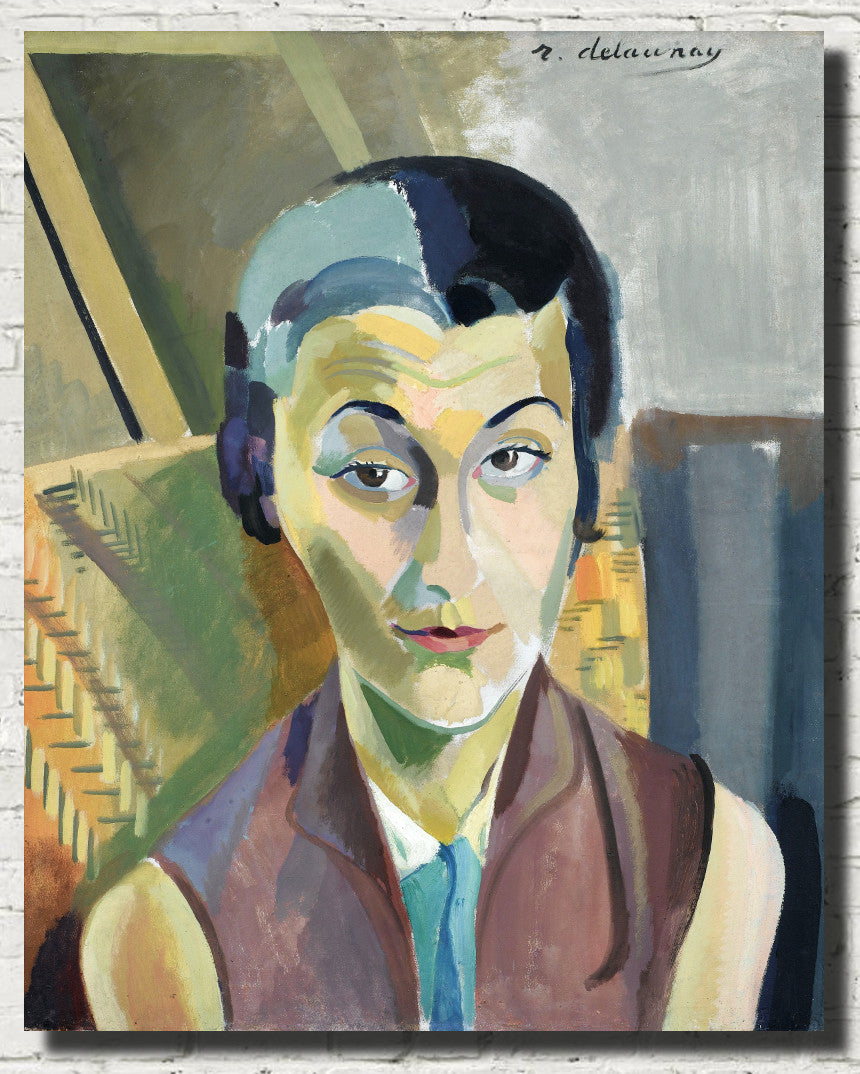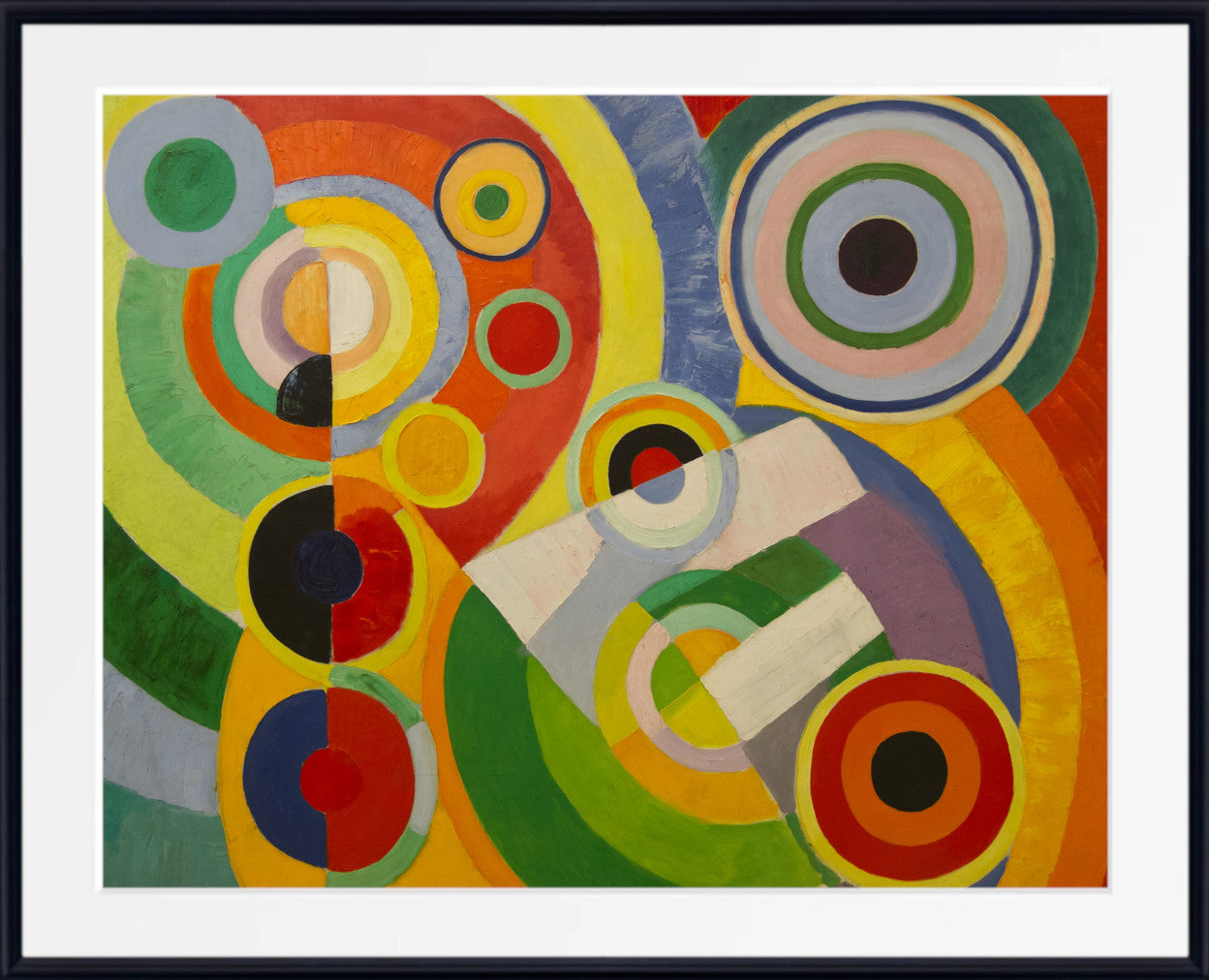Pity, William Blake
As was the case with some of his other works of the same period, it was heavily influenced by Shakespeare, Milton, and the Bible. Pity is unusual, however, in that it’s a visual interpretation of the following lines from Macbeth, in which he visualizes the aftermath of his planned assassination of King Duncan:
Striding the blast, or heaven’s cherubim, hors’d
Upon the sightless couriers of the air,
Shall blow the horrid deed in every eye.
– Macbeth
Similar to other paintings in this group Pity is a monotype that was created by using a matrix to produce as many as three impressions, each of which was then completed by hand. There are, in fact, more than three remaining impressions of the painting in circulation today.
Blake uses the theme of pity extensively in the painting, which shows a female cherub leaning down, ready to grab a baby from the mother. Some critics believe that this personifies a Christian element, something for which Blake was quite well known. Other critics feel that there is a connection between this painting and the helpless, hypnotic state of The Wind Among The Reeds written by William Butler Yeats in 1989.
Although Blake was considered mad by contemporaries for his idiosyncratic views, he is held in high regard by later critics for his expressiveness and creativity, and for the philosophical and mystical undercurrents within his work. His paintings and poetry have been characterised as part of the Romantic movement and as “Pre-Romantic”. A committed Christian who was hostile to the Church of England (indeed, to almost all forms of organised religion), Blake was influenced by the ideals and ambitions of the French and American Revolutions. Though later he rejected many of these political beliefs, he maintained an amiable relationship with the political activist Thomas Paine; he was also influenced by thinkers such as Emanuel Swedenborg. Despite these known influences, the singularity of Blake’s work makes him difficult to classify. The 19th-century scholar William Michael Rossetti characterised him as a “glorious luminary”, and “a man not forestalled by predecessors, nor to be classed with contemporaries, nor to be replaced by known or readily surmisable successors”.
All prints are made using archival art stocks and UV pigment inks to give up to 200 years life. Prints are sold unframed and unmounted.








